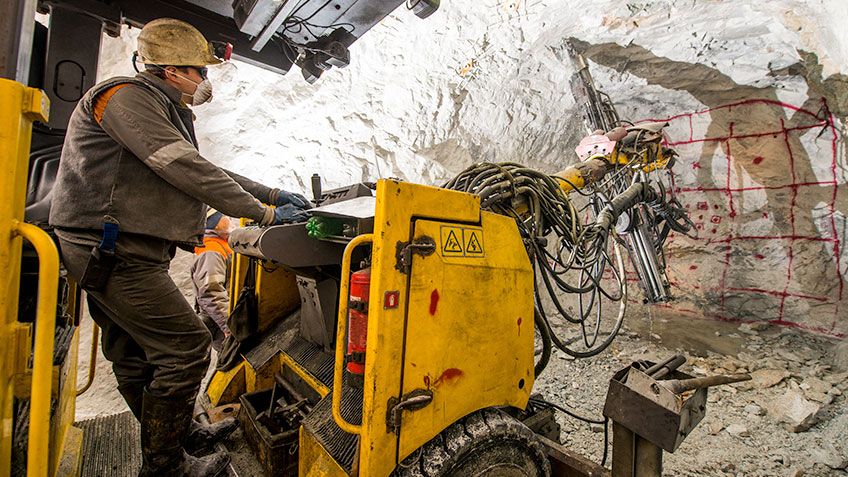Seeing More Onscreen
The activated carbon process is part of the filtering and acid washing process MSG uses to extract gold from ore after crushing and grinding it. Overall, AngloGold is Brazil's biggest gold producer. The MSG mine represents about 10% of the company’s global production of 3.8 million ounces per year from 14 mines in 10 counties, and accounts for 10-15% of total gold production worldwide.
Based largely on Rockwell Automation technology, the original automation architecture of the activated carbon process included one L73 CPU, seven remote I/O panels, 1,115 I/O points, one motor control center (MCC) communicating with 63 motors via EtherNet/IP, one FactoryTalk® server with 10 process graphics, and one engineering station running ControlLogix® and FactoryTalk Studio software.
MSG adopted PlantPAx DCS because it allowed them to take advantage of the Rockwell Automation Library of Process Objects, which adheres to international standards and best practices that helped to speed up the modernization process.
According to Almeida, MSG migrated their standalone stations to the client/server architecture and implemented a redundant server. They also reprogrammed their old SLC-500 CPUs to the new DCS, making maintenance easier with a plant-wide standard.
Culture Shifts
To adopt simpler, more user-friendly HMIs with the DCS at the mine, Almeida reported that Tagna and AngloGold's team had to overcome some cultural resistance to redesigning the colorful but less-than-effective displays. Eventually, they settled on a design using cleaner, grayscale, ISA101-compliant screens, which focus more on the process, and highlight important operations information with limited, targeted use of vivid colors.
They implemented a better HMI system that kept the same investments already spent on supervisory licenses and software. Almeida explained that the new screens show everything, and give operators step-by-step updates on the activated carbon process. They also make it easier to add changes using sequence blocks. "We knew we were on the right track when the operators took to the new screens so quickly. They kept asking when the old system would be retired," said Almeida.
The new activated carbon application was commissioned and operation began in three months. Its process was fully automated with sequence blocks, and it now delivers complete data about the process and assets to both the operations and maintenance teams.
Subsequently, MSG has also been adding PlantPAx DCS to its crushing and grinding plants. Crushing took about one 16-hour day of planned downtime to switch over, while the slightly more complex grinding area took about three days because it had more CPUs and I/Os.



